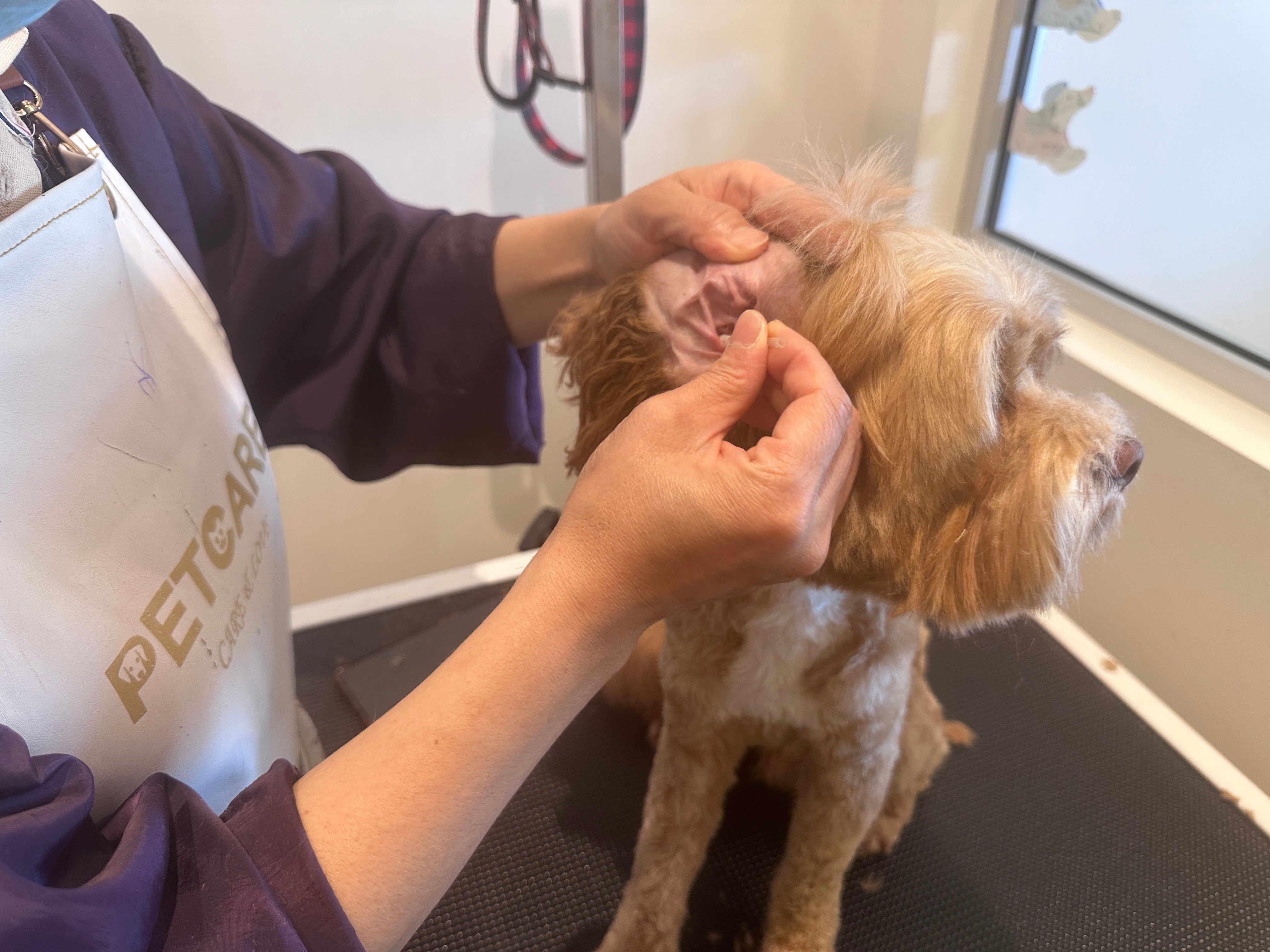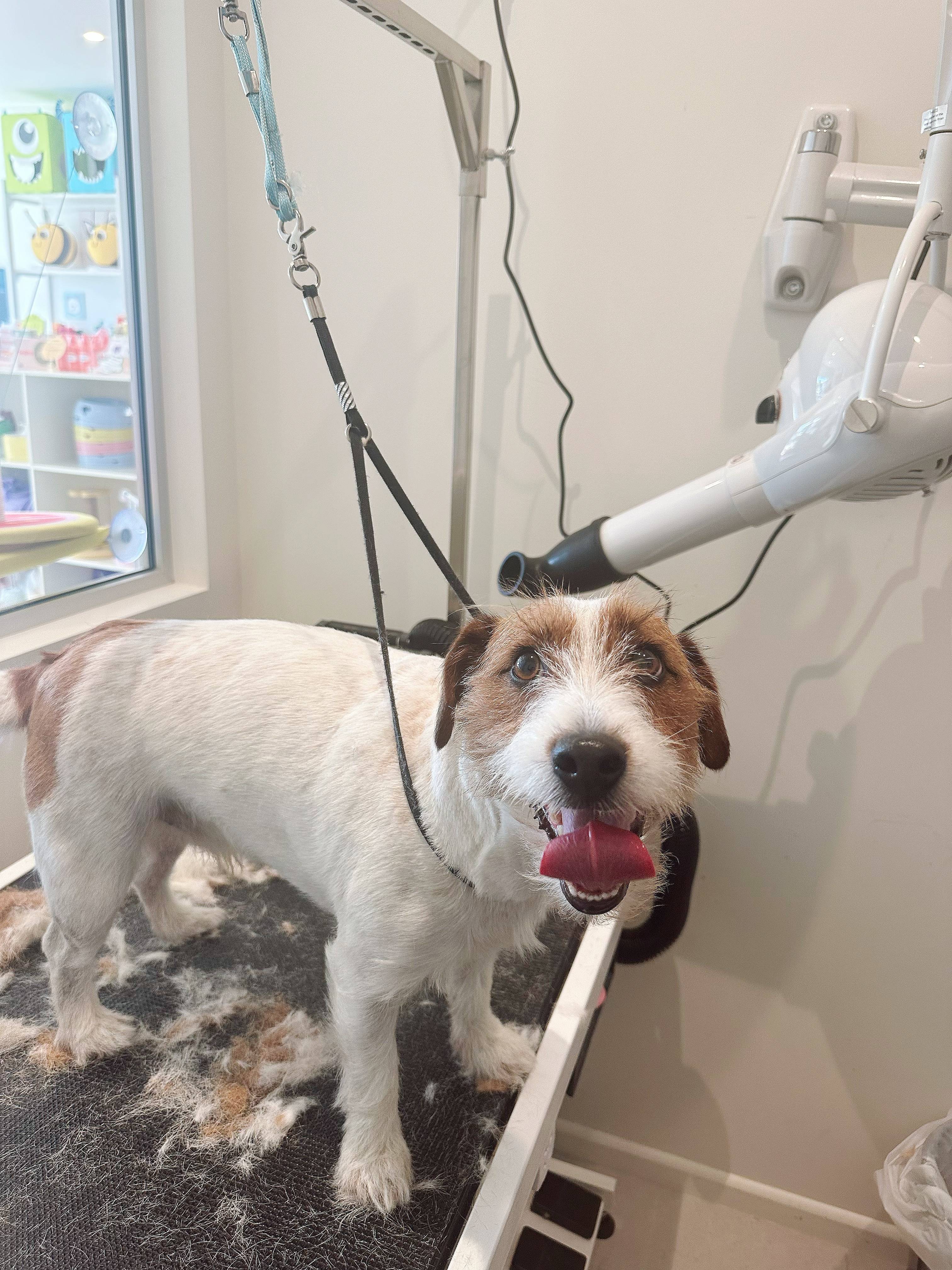Keeping your dog’s nails trimmed is an essential part of pet grooming, yet many pet owners find it challenging and nerve-wracking. Overgrown nails can lead to discomfort, posture problems, and even injuries. In this guide, we’ll cover the best techniques to safely trim your dog’s nails and avoid painful bleeding.
1. Why Is Dog Nail Trimming Important?
A dog’s nails continuously grow, and if not trimmed regularly, they can cause:
• Pain and discomfort when walking.
• Posture problems, potentially leading to joint issues.
• Risk of nail breakage or splitting, which can be painful and prone to infection.
• Damage to floors, furniture, and even injuries to owners.
2. How Often Should You Trim Your Dog’s Nails?
Most dogs need their nails trimmed every 3–4 weeks, depending on:
• Activity level – Active dogs that walk on hard surfaces naturally wear their nails down.
• Breed and nail growth rate – Some breeds, like Labrador Retrievers, Poodles, and Shih Tzus, may need more frequent trimming.
• Indoor vs. outdoor lifestyle – Indoor dogs may require more frequent trims.
Pro Tip: If you hear clicking sounds when your dog walks on a hard floor, it’s time for a trim!
3. Essential Tools for Dog Nail Trimming
• Best Dog Nail Clippers – Choose from scissor-style, guillotine-style, or electric grinders.
• Styptic Powder or Cornstarch – Used to stop bleeding if you accidentally cut too short.
• Treats and Positive Reinforcement – Helps keep your dog calm and makes nail trimming a stress-free experience.
4. Step-by-Step Guide to Trimming Your Dog’s Nails
Step 1: Prepare Your Dog
Ensure your dog is relaxed. Taking them for a walk beforehand can help. Give plenty of praise and treats to make the experience positive.
Step 2: Identify the Quick
The quick is the sensitive part inside the nail that contains blood vessels. It’s pink in light-colored nails but harder to see in dark nails. Always trim small bits at a time to avoid cutting into the quick.
Step 3: Trim Gradually
• Hold the paw firmly but gently.
• Clip a small portion of the nail at a 45-degree angle.
• Check for a dark, moist dot in the center—this means you’re near the quick, and you should stop trimming.
Step 4: Smooth the Edges
Use a dog nail file or grinder to smooth rough edges and prevent snagging.
5. How to Avoid Bleeding & What to Do If It Happens
• Trim gradually to avoid hitting the quick.
• If bleeding occurs, apply styptic powder or cornstarch.
• Stay calm—most minor bleeding stops quickly and won’t harm your dog.
• Offer treats and praise to make future nail trims easier.
6. Common Dog Nail Trimming Mistakes to Avoid
• Cutting too much at once – Always trim in small increments.
• Using dull clippers – This can crush the nail instead of cutting cleanly.
• Skipping nail trims – Letting nails grow too long makes future trims harder.
• Not making it a positive experience – If your dog dreads nail trimming, it will resist every time.
7. Dog Nail Trimming Services in Howick, Auckland
If your dog refuses nail trims, has extremely long nails, or if you’re unsure about doing it yourself, visit a professional dog groomer in Howick, Auckland. At Petcare, our expert groomers provide safe, stress-free dog nail trimming to ensure your pet’s paws stay healthy.
📅 Book a professional dog grooming session with Petcare today in Howick, Auckland! Keep your dog’s nails healthy and happy.



